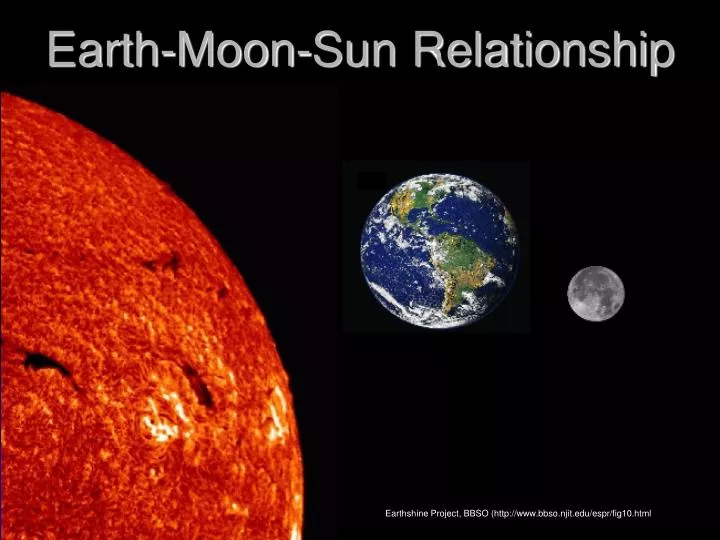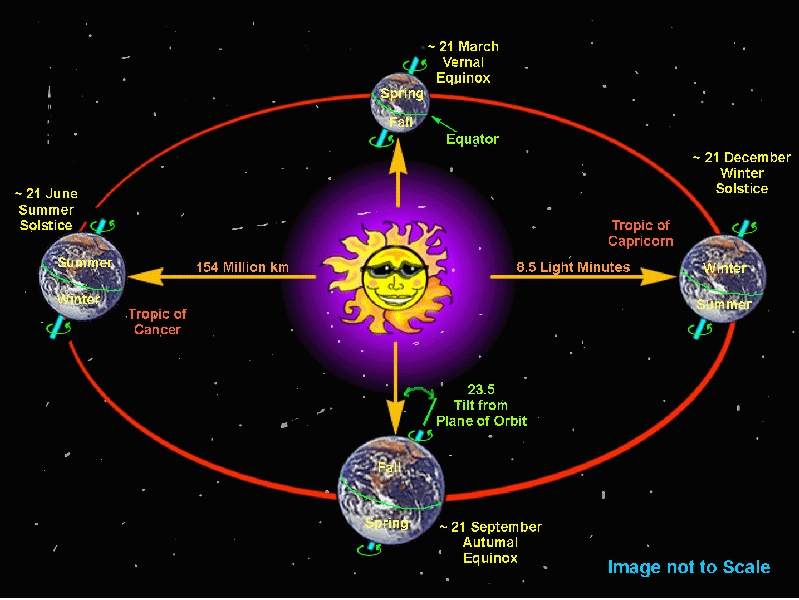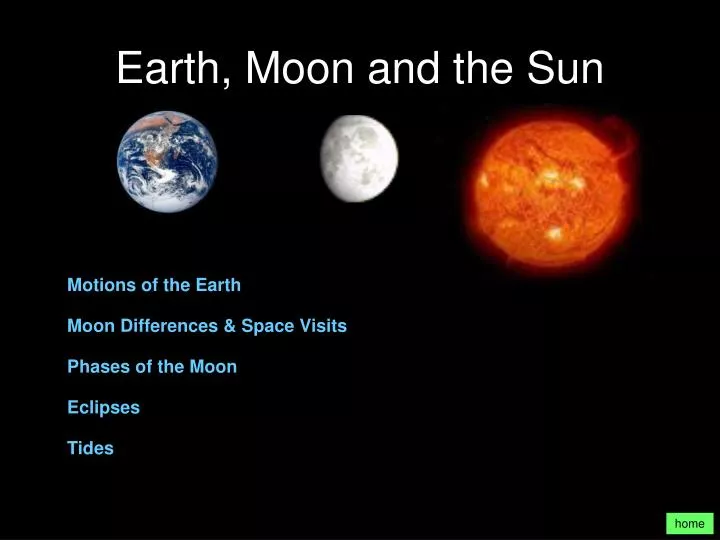The universe operates in harmony, with celestial bodies influencing each other in profound ways. The symbiotic relationship between the sun and the moon is a fascinating example of this cosmic balance. While they may seem like distant entities, their interactions shape life on Earth in countless ways. From regulating tides to influencing climate patterns, their partnership plays a critical role in maintaining the delicate equilibrium of our planet. Understanding this relationship offers insights into the intricate workings of our solar system and the interconnectedness of all celestial phenomena.
For centuries, humans have marveled at the relationship between the sun and the moon. These celestial bodies inspire awe and curiosity, driving scientists, astronomers, and philosophers to explore their connections. The sun provides the energy that sustains life, while the moon governs the tides and stabilizes Earth's axial tilt. Together, they create a dynamic system that supports ecosystems, weather patterns, and even human culture. By delving into their relationship, we uncover the hidden forces shaping our world.
This article dives deep into the symbiotic relationship between the sun and the moon, unraveling their roles in maintaining Earth's balance. From scientific explanations to cultural interpretations, we explore how these celestial bodies influence one another and contribute to the harmony of our planet. Whether you're a science enthusiast or simply curious about the cosmos, this exploration offers valuable insights into the wonders of our universe.
Read also:Pain In Pelvis When I Cough Understanding Causes Symptoms And Treatment Options
Table of Contents
- Introduction
- What Is the Symbiotic Relationship Between the Sun and the Moon?
- How Does the Sun Influence the Moon?
- Why Do Tides Reflect the Symbiotic Relationship Between the Sun and the Moon?
- Impact on Climate
- How Does the Moon Stabilize Earth's Axial Tilt?
- Cultural Perspectives on the Sun and Moon
- Scientific Insights Into the Symbiotic Relationship Between the Sun and the Moon
- What Does the Future Hold for This Celestial Partnership?
- Conclusion
What Is the Symbiotic Relationship Between the Sun and the Moon?
The symbiotic relationship between the sun and the moon refers to their interconnected roles in shaping Earth's environment. While the sun provides the energy needed for life, the moon stabilizes the planet's tilt and drives tidal patterns. Together, they create a system where each contributes to the overall balance. This relationship is not just scientific but also deeply symbolic, influencing cultures worldwide. The sun and moon work in harmony, ensuring that Earth remains a habitable place for all living organisms.
In scientific terms, the sun's gravitational pull affects the moon's orbit, while the moon's presence ensures Earth's axial tilt remains stable. This stability is crucial for maintaining consistent seasons and weather patterns. Additionally, the moon's gravitational influence on Earth's oceans creates tides, which are essential for coastal ecosystems. By working together, the sun and moon create a system that supports life in ways we often take for granted.
How Does the Sun Influence the Moon?
The sun's gravitational pull plays a significant role in shaping the moon's orbit around Earth. This gravitational interaction ensures that the moon remains in a stable orbit, preventing it from drifting away or crashing into Earth. Moreover, the sun's light illuminates the moon, making it visible from our planet. This illumination creates the phases of the moon, which have been used for centuries as a natural calendar system. The sun's energy also indirectly influences Earth's tides through its gravitational pull, working in tandem with the moon to create the tidal patterns we observe.
Interestingly, the sun's influence extends beyond gravitational effects. Solar radiation affects the moon's surface, causing temperature fluctuations and influencing its geological activity. These interactions highlight the intricate ways in which the sun and moon are connected, creating a system that supports life on Earth.
Why Do Tides Reflect the Symbiotic Relationship Between the Sun and the Moon?
Tides are a direct result of the gravitational pull exerted by both the sun and the moon. While the moon's influence is more significant due to its proximity, the sun also contributes to tidal patterns, especially during full and new moons. During these phases, the sun and moon align, creating stronger gravitational forces that result in higher tides, known as spring tides. Conversely, when the sun and moon are at right angles to each other, their gravitational forces partially cancel out, leading to lower tides called neap tides. This interplay demonstrates the symbiotic relationship between the sun and the moon, showcasing how they work together to shape Earth's environment.
Impact on Climate
The symbiotic relationship between the sun and the moon extends to Earth's climate. The sun's energy drives weather patterns, while the moon's stabilizing effect on Earth's axial tilt ensures consistent seasons. Without the moon's influence, Earth's tilt could vary significantly, leading to extreme climate fluctuations. This stability is crucial for maintaining the delicate balance of ecosystems worldwide. Additionally, the moon's gravitational pull on Earth's oceans influences climate patterns by driving ocean currents, which play a vital role in regulating global temperatures.
Read also:Funny Pictures In The World A Joyful Journey Through Humor
By working together, the sun and moon create a system that supports diverse ecosystems and sustains life. Their combined influence ensures that Earth remains a habitable planet, capable of supporting a wide range of species. Understanding this relationship offers valuable insights into the interconnectedness of celestial bodies and their impact on our planet.
How Does the Moon Stabilize Earth's Axial Tilt?
The moon's gravitational pull plays a crucial role in stabilizing Earth's axial tilt. Without the moon, Earth's tilt could vary dramatically, leading to extreme seasonal changes and unpredictable weather patterns. This stability is essential for maintaining consistent climates and supporting life. The moon's presence ensures that Earth's tilt remains within a range of 22.1 to 24.5 degrees, creating the stable environment necessary for life to thrive. By stabilizing Earth's tilt, the moon contributes to the symbiotic relationship between the sun and the moon, ensuring that both celestial bodies work together to support life on our planet.
Cultural Perspectives on the Sun and Moon
Throughout history, cultures worldwide have revered the sun and moon, recognizing their symbiotic relationship. Many ancient civilizations viewed the sun as a symbol of power and life, while the moon represented mystery and intuition. These cultural interpretations reflect the deep connection humans have with these celestial bodies. For example, the Mayans and Egyptians incorporated the sun and moon into their religious practices, viewing them as deities responsible for maintaining balance in the universe. Even today, festivals and traditions celebrating the sun and moon continue to thrive, highlighting their enduring significance in human culture.
In modern times, the symbiotic relationship between the sun and the moon continues to inspire art, literature, and science. Their interactions serve as a reminder of the interconnectedness of all things, inspiring a deeper appreciation for the natural world. By exploring cultural perspectives on the sun and moon, we gain a richer understanding of their role in shaping human history and identity.
Scientific Insights Into the Symbiotic Relationship Between the Sun and the Moon
Scientific research has revealed fascinating insights into the symbiotic relationship between the sun and the moon. Studies show that their gravitational interactions play a crucial role in maintaining Earth's stability and supporting life. For example, the moon's gravitational pull on Earth's oceans creates tidal forces that influence climate patterns and support coastal ecosystems. Meanwhile, the sun's energy drives weather systems and provides the light and heat necessary for photosynthesis. Together, these forces create a dynamic system that sustains life on Earth.
Recent discoveries in astronomy have shed light on the origins of the moon and its relationship with the sun. Evidence suggests that the moon formed from a massive collision between Earth and a Mars-sized object, creating a debris field that eventually coalesced into the moon. This event set the stage for the symbiotic relationship we observe today, highlighting the intricate connections between celestial bodies.
What Does the Future Hold for This Celestial Partnership?
As scientists continue to study the symbiotic relationship between the sun and the moon, new discoveries are likely to emerge. Advances in technology and space exploration offer exciting opportunities to explore these celestial bodies in greater detail. For example, future missions to the moon could provide valuable insights into its composition and history, deepening our understanding of its relationship with the sun. Additionally, ongoing research into climate patterns and tidal forces will enhance our ability to predict and adapt to environmental changes.
While the future holds many uncertainties, one thing is certain: the symbiotic relationship between the sun and the moon will continue to shape life on Earth for generations to come. By studying this relationship, we gain a deeper appreciation for the interconnectedness of all things and the delicate balance that sustains our planet.
Conclusion
The symbiotic relationship between the sun and the moon is a testament to the intricate workings of our universe. From regulating tides to influencing climate patterns, their partnership plays a crucial role in maintaining Earth's balance. By exploring this relationship, we gain valuable insights into the interconnectedness of celestial bodies and their impact on our planet. Whether viewed through a scientific or cultural lens, the sun and moon offer endless opportunities for discovery and inspiration. As we continue to study these celestial bodies, we deepen our understanding of the universe and our place within it.
In conclusion, the symbiotic relationship between the sun and the moon is a fascinating example of cosmic harmony. Their interactions shape life on Earth in countless ways, highlighting the importance of maintaining balance in our environment. By appreciating this relationship, we foster a deeper connection with the natural world and inspire future generations to explore the wonders of the universe.


